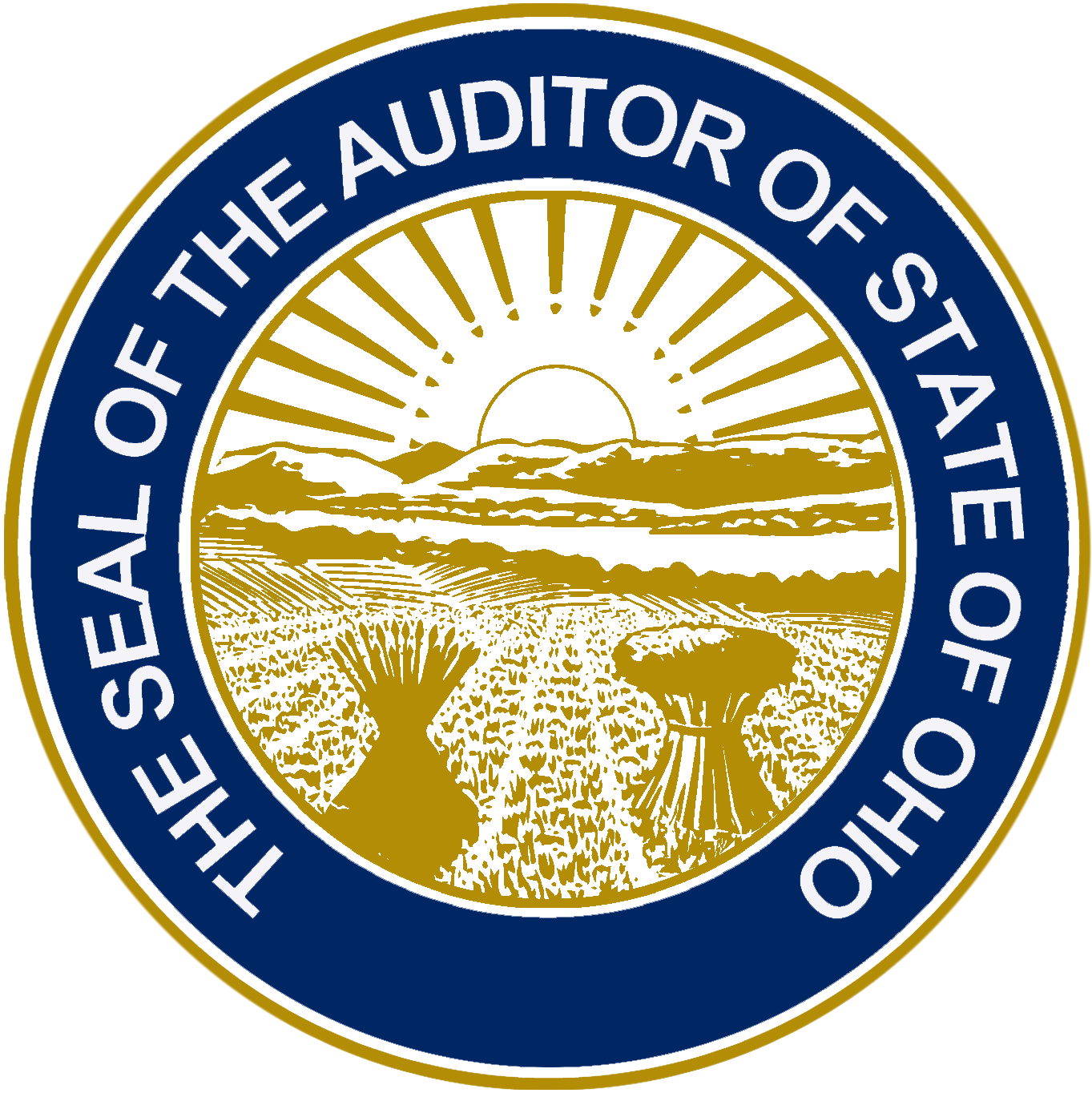
Press Release • Ohio Auditor of State
Auditor of State Completes Phase I of ODOT Performance Audit; Phase II Scheduled
Columbus –Auditor of State Keith Faber released a performance audit of the Ohio Department of Transportation (ODOT), where the Ohio Performance Team (OPT) reviewed the areas of fleet management, construction inspection and seasonal staffing, and information technology.
The Ohio General Assembly passed House Bill 62, the state transportation budget, which increased the gas tax in order to provide ODOT with additional revenue to achieve their agency function and mission. As a part of the legislation, ODOT was required to undergo several reviews of efficiency and effectiveness including a performance audit conducted by the Auditor of State’s Ohio Performance Team.
“Our performance audits have proven to be an outstanding tool for agencies in their search to maximize Ohio tax dollars efficiently and effectively,” said Auditor Faber. “In addition to the identified savings for ODOT, we also found a serious deficiency in data collection and storage that limits ODOT’s ability to efficiently focus their spending. I truly believe that if ODOT organizes their operational information, they will be one step closer to reaching their stated goal of finding $100 million in savings.”
Savings from the audit recommendations yield a 77:1 Return on Investment (ROI), and if the cost avoidance of the fleet recommendation is added, the ROI jumps to 228:1.
Highlights from the audit include:
Construction Inspection is one of ODOT’s core functions and is carried out by both internal staff and private sector consultants.
· Recommendation: Based on the current cost structure, ODOT should deploy qualified internal staff before hiring consultant inspectors.
· Impact: By reducing the number of consultant inspector hours, ODOT could save between $10 and $21 million annually.
The Department’s Division of Information Technology often uses IT consultants for the same job function as permanent staff.
· Recommendation: ODOT should make future decisions about the use of consultants based on an analysis between the full cost of hiring a consultant, as well as the needed skill set and market availability of such personnel vs. a permanent employee.
· Impact: ODOT could save more than $450,000 annually in consultant fees by transitioning long tenured consultants into a permanent positions, assuming these positions are continuously needed.
ODOT spends between $35 and $55 million annually on fleet purchases. At the request of the General Assembly we reviewed the cost effectiveness of transitioning to a leasing model for specified categories.
· Recommendation: ODOT should not move to a leasing model for the vehicle categories analyzed in the audit.
· Impact: Moving to a leasing model would result in $22 to $42 million in additional costs on an annual basis.
As outlined above, we encountered issues with data collection and storage across all audit areas, making analysis difficult.
· Recommendation: ODOT should collect and maintain data in a way which is easily accessible and searchable.
· Impact: Better data will allow the Department to make strategic decisions related to staffing and resource allocation.
Auditor Faber added, “The Ohio Performance Team is a group of extremely hard-working professionals that completed Phase I of this complex review effectively on a very tight timeline. In this phase, we only looked at areas identified by ODOT and the Legislature. We have already begun a Phase II that will take a more in depth look at pavement, bridges, and maintenance operations that include a majority of the agency’s spending and budget. We look forward to continuing to work with ODOT to further their pursuit to be more efficient and effective in their operations.”
The Auditor’s office is reviewing proposals from qualified vendors for a Phase II Performance Audit to provide technical assistance and subject matter expertise as part of a review of ODOT’s highway management and maintenance practices.
The technical assistance work will focus on an evaluation of ODOT’s pavement management, bridge, and highway maintenance programs in relation to nationally recognized practices. Phase II will also include additional scope areas, such as regional district operations. The Auditor’s Office anticipates the public release of the Phase II report in later 2020.
A full copy of this audit report is available online.
###
The Auditor of State’s office, one of five independently elected statewide offices in Ohio is responsible for auditing more than 6,000 state and local government agencies. Under the direction of Auditor Keith Faber, the office also provides financial services to local governments, investigates and prevents fraud in public agencies, and promotes transparency in government.